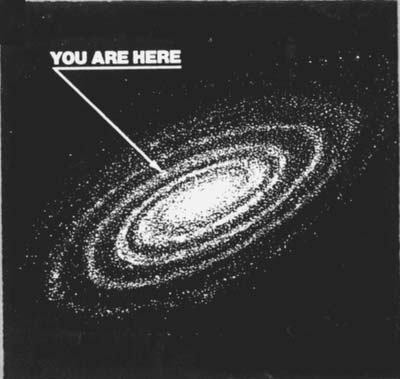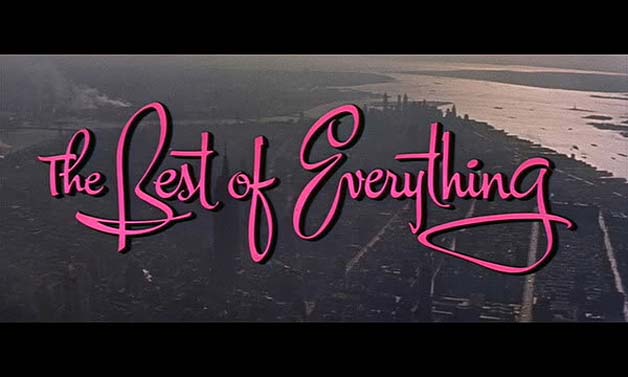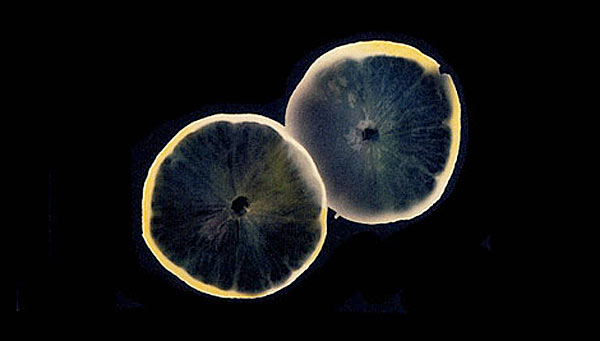 Breast implant stopped bullet, saved woman’s life, says cosmetic surgeon.
Breast implant stopped bullet, saved woman’s life, says cosmetic surgeon.
Drinking, smoking russian chimpanzee sent to rehab by zookeepers.
Woman live-tweets her abortion to ‘demystify’ procedure, receives death threats.
A Colorado family and an Arizona nonprofit are fighting in court over who gets the head of a woman who died this month, along with a $50,000 annuity she left behind.
Man was charged with beating another man at a motel with a Worcestershire sauce bottle and a fire extinguisher.
Argument over a parking space escalated, ended up with a shoot-out between a man and the police.
Ohio police officers get drunk as part of a training exercise on how to give field sobriety tests.
Man crushed by own car in own garage. [New Zealand Herald]
Burglar freed after 3 hours in chimney.
Singer of Norwegian satanic blackmetal band Gorgoroth, sentenced to 14 months in prison for beating a 41-year-old man and threatening to drink his blood.
A massive aquarium tank housing hundreds of sharks in a Dubai shopping center sprang a leak Thursday, sending shoppers fleeing and prompting the mall owners to close large parts of the building.
Brazilian tourist Joao Lucio DeCosta Sobrinho and his girlfriend were at an underwater viewing area when they suddenly saw a whale with a person in its mouth. SeaWorld experienced trainer died when a killer whale grabbed her with his mouth and dragged her underwater as horrified witnesses watched. More: Colleagues will continue working with whale that killed trainer.
‘Zombies’ have free speech rights too, US court rules.
Orange County jury convicted accused serial killer Rodney Alcala, 66, of five counts of murder.
More than a third of ecstacy seized globally in 2008 was bound for Australia. In Iraq, valium is the most often abused prescription drug.
Circumcision: Zimbabwe’s latest anti-HIV weapon.
When will China lead the world? Don’t hold your breath.
Underwater home-owers: Demand principal reductions. It only requires basic math skills for all parties to recognize that it is in the banks interest to avoid foreclosures. Underwater borrower with this knowledge — and the cojones — should let the bank know they understand simple math: Foreclosures = 50% bank loss.
Sweating your mortgage? Maybe it’s time to bring in friendly outside investors. How to IPO your house.
Do I need maths to be an economist?
Can humans distinguish between sequences of real and randomly generated financial data? Scientist have developed a new test to find out. What does it show? It shows that humans are good at pattern recognition. Nothing more and nothing less.
When I was young and worked briefly at Goldman, the firm was a pig and let even the very junior staffers understand precisely how its pigginess worked so that they would improve upon it when they grew up.
The consumer psychology of mail-in rebates.
 Economists, especially those who cross the disciplinary boundary into psychology, have recently begun informing us about what makes people happy. The entire field of behavioral economics — the term used to describe the intersection of economics and psychology — has about it a maverick temperament, as if its practitioners are determined to disprove the silly notion that people know what is best for them.
Economists, especially those who cross the disciplinary boundary into psychology, have recently begun informing us about what makes people happy. The entire field of behavioral economics — the term used to describe the intersection of economics and psychology — has about it a maverick temperament, as if its practitioners are determined to disprove the silly notion that people know what is best for them.
An interview with propulsion physicist Marc Millis. All about space travel, time travel, quantum tunneling & zero-G Sex.
The hottest science experiment on the planet. In a Long Island lab, gold particles collide to form a subatomic stew far hotter than the sun.
Psychotropics and youth, Part 2 – The solutions. Unrelated: Internet lures kids into porn addiction.
To salt or not to salt? [read more]
How Google’s algorithm rules the web.
After taming the Web, Google is now helping researchers see the world with fresh eyes.
Last year, less than 2 percent of all books sold were e-books.
How to learn just about anything online… For free.
What do gombo, hidden cameras and advertorials have in common? Hint: Each is a part of mainstream journalism somewhere in the world.
Once I applied to give a talk at an academic conference, and the conference chairman asked me to rewrite the abstract to make it more “Yale Post-Graduate like.” Um, what? I can’t tell you how pissed off I get when academics act like “serious academic writing” only means completely unintelligible word-Calculus.
Nietzsche was a composer (and not just of books).
Here is what Virgina Woolf’s father, Leslie Stephen, said about Jane Austen in 1876.
Good poems about ugly things.
The Big Book Of Lesbian Horse Stories.
What knowledge is necessary for virtue?
 The gallery’s curator, David Zelikovsky, said that the police forced Ms. Hanford, 26, out of the gallery’s storefront. Ms. Hanford is part of the gallery’s latest exhibit by Brian Reed. She stands fully naked under a suspended web made of various objects including shark eggs and teeth, beads and clay pipes.
The gallery’s curator, David Zelikovsky, said that the police forced Ms. Hanford, 26, out of the gallery’s storefront. Ms. Hanford is part of the gallery’s latest exhibit by Brian Reed. She stands fully naked under a suspended web made of various objects including shark eggs and teeth, beads and clay pipes.
The Warhol Foundation on trial. [In response to What Is a Warhol?: An Exchange.]
Starburst takes viewers on a journey through the explosion and development of color photography in America. [Starburst: Color Photography in America 1970 – 1980, Cincinnati Art Museum.]
Christopher Capone is the direct grandson of the most notorious gangster in history, Al Capone.
50 Cent is being sued by a South Florida woman who says the rapper posted her homemade porno on the Internet.
Stars caught by candid camera. [pics]
Roadside attractions and sights spotted during travels about the country. [Thanks Matthew!]
Cooking with Bruno [video | Thanks JJ]
A day in the life of New York City, in miniature. [Thanks Joe/Jeremy]
Chat roulette. [tutorial video]
DIY RFID (radio frequency identification).
I’m Fine Thank You, personal work.
OK Go. [Thanks Glenn!]
Two music blogs: alain finkielkraut rock + skegnesschilled.
The Indian rope trick is stage magic said to have been performed in and around India about the 1800s. The trick’s existence was almost certainly a hoax invented by John Elbert Wilkie of the Chicago Tribune.
I collect lost luggage, photograph it, and then try to find the owners. Is it your luggage?
Toyota’s “sudden-acceleration” problem+ Dansk Port Teknik, a garage door company.
Scientific evidence for health supplements (green tea, vitamins, snake oil, etc).–This image is a “balloon race”. The higher a bubble, the greater the evidence for its effectiveness.
Yawwwn.
Who says there are no single men in New York?
How often do you think about…
























